
Darius Milhaud was a French composer, conductor, and teacher. He was a member of Les Six—also known as The Group of Six—and one of the most prolific composers of the 20th century. His compositions are influenced by jazz and Brazilian music and make extensive use of polytonality. Milhaud is considered one of the key modernist composers. A renowned teacher, he taught many future jazz and classical composers, including Burt Bacharach, Dave Brubeck, Philip Glass, Steve Reich, Karlheinz Stockhausen and Iannis Xenakis among others.
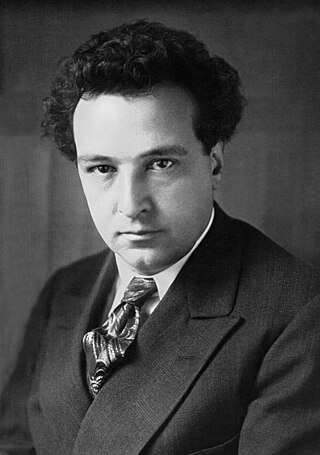
Arthur Honegger was a Swiss composer who was born in France and lived a large part of his life in Paris. A member of Les Six, his best known work is probably Antigone, composed between 1924 and 1927 to the French libretto by Jean Cocteau based on the tragedy Antigone by Sophocles. It premiered on 28 December 1927 at the Théâtre Royal de la Monnaie with sets designed by Pablo Picasso and costumes by Coco Chanel. However, his most frequently performed work is probably the orchestral work Pacific 231, which was inspired by the sound of a steam locomotive.
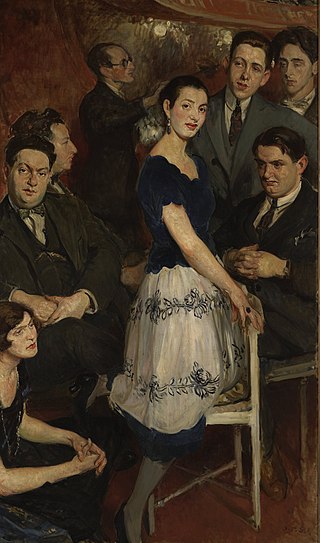
"Les Six" is a name given to a group of six composers, five of them French and one Swiss, who lived and worked in Montparnasse. The name has its origins in two 1920 articles by critic Henri Collet in Comœdia. Their music is often seen as a neoclassic reaction against both the musical style of Richard Wagner and the Impressionist music of Claude Debussy and Maurice Ravel.
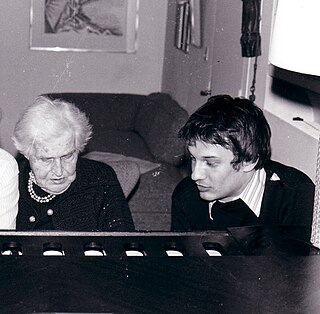
Germaine Tailleferre was a French composer and the only female member of the group of composers known as Les Six.

Henri-Pierre Sauguet-Poupard was a French composer.

Michel Simon was a Swiss actor of German origin. He appeared in many notable French films, including La Chienne (1931), Boudu Saved from Drowning (1932), L'Atalante (1934), Port of Shadows (1938), The Head (1959), and The Train (1964).
Albert Willemetz was a French librettist.
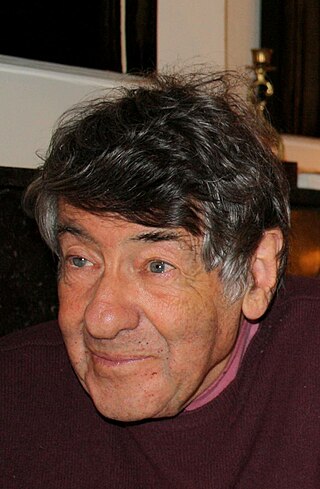
Harry Halbreich was a Belgian musicologist.
Roger Bourdin was a French baritone, particularly associated with the French repertory. His career was largely based in France. His daughter is Françoise Bourdin.

The Ballets Suédois was a predominantly Swedish dance ensemble based in Paris that, under the direction of Rolf de Maré (1888–1964), performed throughout Europe and the United States between 1920 and 1925, rightfully earning the reputation as a "synthesis of modern art".

Claude Dauphin was a French actor. He appeared in more than 130 films between 1930 and 1978, including Barbarella, The Quiet American, and a voice role in The Tale of the Fox, considered to be one of the earliest stop-motion animated films.

La cheminée du roi René, Op. 205, is a suite in seven movements for wind quintet, composed in 1939 by the French composer Darius Milhaud. The title alludes to a Provençal proverb playing on words for 'fireplace', 'chimney' and 'promenade': the 15th-century King of Sicily René d'Anjou is said to have enjoyed walks in the winter sun of Provence.

Antigone is an opera in three acts by Arthur Honegger to a French libretto by Jean Cocteau based on the tragedy Antigone by Sophocles. Honegger composed the opera between 1924 and 1927. It premiered on 28 December 1927 at the Théâtre Royal de la Monnaie with sets designed by Pablo Picasso and costumes by Coco Chanel.
Les mariés de la tour Eiffel is a ballet to a libretto by Jean Cocteau, choreography by Jean Börlin, set by Irène Lagut, costumes by Jean Hugo, and music by five members of Les Six: Georges Auric, Arthur Honegger, Darius Milhaud, Francis Poulenc and Germaine Tailleferre. The score calls for two narrators. The ballet was first performed in Paris in 1921.
Le Bœuf sur le toit is the name of a celebrated cabaret-bar in Paris, founded in 1921 by Louis Moysés. It was originally located at 28, rue Boissy d'Anglas in the city’s 8th arrondissement. It was notably the gathering place for the avant-garde arts scene during the period between the wars. Maurice Sachs chronicled it in his 1939 book Au temps du Bœuf sur le toit. Currently it is located at 34, rue du Colisée, having moved five times within the 8th arrondissement. The current building dates from the 18th century.
L'Album des Six is a suite of six piano pieces published in 1920 by Eugène Demets, and written by the members of the group of French composers known as Les Six.
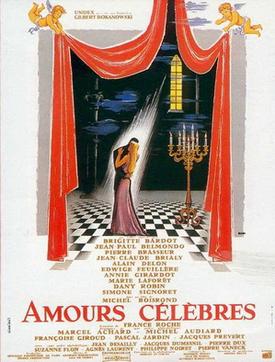
Famous Love Affairs is a 1961 French-Italian anthology film starring Alain Delon, Brigitte Bardot and Jean Paul Belmondo.
Roger David Edward Nichols is an English musicologist, critic, translator and author. After an early career as a university lecturer he became a full-time freelance writer in 1980. He is particularly known for his works on French music, including books about Claude Debussy, Olivier Messiaen, Maurice Ravel, Francis Poulenc and the Parisian musical scene of the years after the First World War. Among his translations are the English versions of the standard biography of Gabriel Fauré by Jean-Michel Nectoux and of Harry Halbreich's study of Arthur Honegger.
Pierre Labry (1885–1948) was a French stage and film actor. He was active in the French film industry between 1920 and 1948, appearing in more than a hundred films.
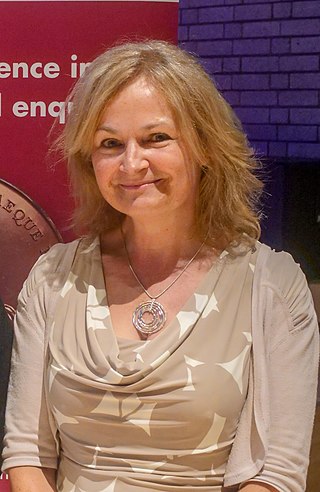
Barbara Lucy Kelly is a musicologist specializing in 19th- and early 20th-century French music, an area in which she is widely regarded as a leading authority. She has dual UK and Irish citizenship. She is the Head of School of Music and Professor of Music at the University of Leeds and is currently the first female President of the Royal Musical Association (2021–2023).













